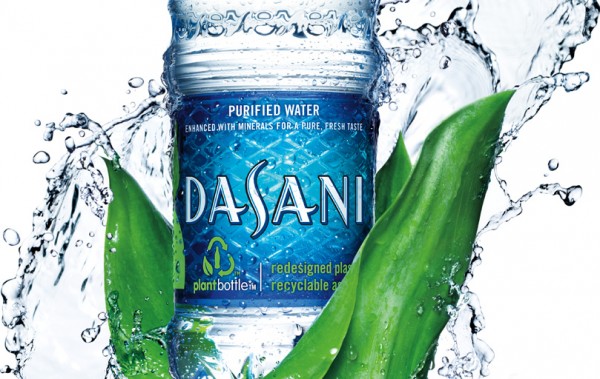5. Crystal Pepsi

It’s another soft drink disaster, but just to make things fair it’s a Pepsi fail this time, rather than Coke. Trends in food and drink are always a bit inexplicable (hence the congealed salad), and in the early 90s the trend was for clear colas. Maybe it was inspired by the minimalism trends in homewares and fashion. Maybe it was just a freak occurrence. But in 1992, soft drink executives were rushing around trying to get their clear cola onto the market.
Coke had their own brand – Tab Clear – but it was Pepsi that launched first, with Crystal Pepsi hitting the shelves in April 1992, months before Tab Clear. A huge marketing campaign accompanied the launch, with music by Van Halen and more Superbowl ads. But the drink never took off. Consumers seem to get confused by products that look like one thing and taste like something different (e.g. green ketchup) and the drink was pulled the following year.
4. Wow! Chips

And here’s another trend that was hot in the 1990s – Fat Free! None of the fat, same great taste! Diet Everything! And just one of the products launched in 1998 was these Wow! Chips from Frito-Lay. In three different varieties, they delivered what they promised – very little fat but all the taste you’d expect. But they also delivered something else – stomach cramping, “loose stools” and other digestive complications. The ingredient responsible was Olestra, which later led to a disclaimer on the packet about the abdominal complaints it may cause, and the way it “inhibits the absorption of some vitamins and other nutrients”. So, it may well help you lose weight, but only by a combination of stomach upsets and malnutrition. Strangely enough, sales declined after the revelations and the chips were quietly withdrawn.
3. Colgate Kitchen Entrees

What sounds more appealing than a combination of toothpaste and ready meals? We’ve all had those moments when we’ve eaten lunch too soon after cleaning our teeth and had an edge of mintiness still. It’s…an acquired taste. But the people at Colgate must have thought there was something in it, as they launched their line of “kitchen entrees” in 1982. Weirdly, no-one else agreed with them, and the idea of tucking into that exciting-looking dish of rice and vegetables while thinking about toothpaste just seemed to repel buyers. The products never made it beyond the American market and were discontinued.
2. Betamax

In the field of emerging technologies, there are always going to be winners and losers – just look at the way MySpace was knocked out by Facebook, and MiniDisc players virtually obliterated with the advent of the iPod. And such was the fate of the Betamax video recorder, whose 1-hour tapes just couldn’t compete with the 2 hours provided by rival system VHS. VHS was also cheaper, which didn’t help the Betamax sales at all.
When it launched in 1975, Betamax owned 100% of the market, but the VHS effect reduced it to just 25% by 1981. Despite this, production limped on until 2002, with its prime market being Japan – somewhat incongruous, given that the Japanese are normally on the cutting edge of technology. There are still Betamax players in existence, but there are a rarity and even a collector’s item in some circles.
1. Dasani

Sorry Coke, it’s your turn again and we’re in the UK for the disastrous launch of new bottled water brand Dasani in 2004. Intended as a rival to Pepsi’s Aquafina, it was a relative success in America but a complete disaster in Britain on its launch in February 2004.
It started with the marketing slogans – “bottled spunk” and “can’t live without spunk”. In this context, spunk was meant to imply spirit, energy, pizazz….but unfortunately, it’s also a British slang word for semen, and the campaign became a laughing stock. But worse was to come, as Dasani’s “pure” water was found to be no more than tap water, from Sidcup in Kent. It had been treated and bottled but essentially was the same thing that came out of the tap. Coca-Cola said that they had never made any claim as to Dasani’s origins, but Trading Standards hit back, with an investigation into whether Dasani was any purer than tap water, or in fact different at all.
It certainly was different. In March 2004, bromate was discovered in the water, which is a suspected carcinogenic. The water was withdrawn and, when given an opportunity to relaunch it in 2012, Coca-Cola decided against it. A spectacular failure of a product!